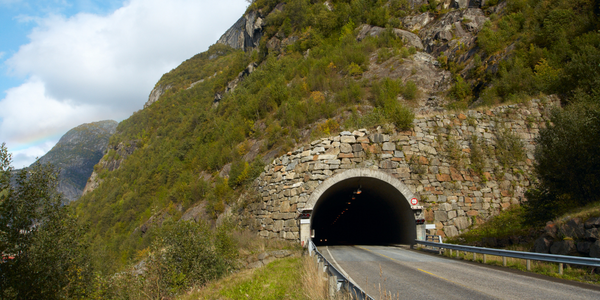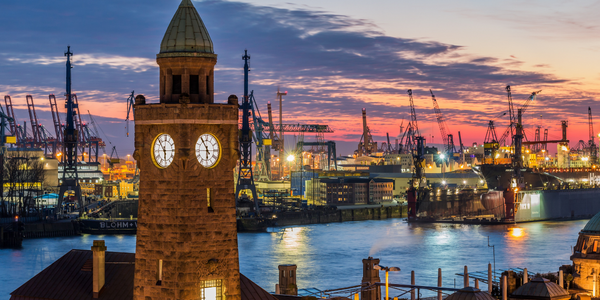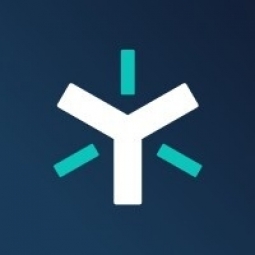Technology Category
- Application Infrastructure & Middleware - Data Exchange & Integration
- Platform as a Service (PaaS) - Device Management Platforms
Applicable Industries
- Cement
- Construction & Infrastructure
Use Cases
- Building Automation & Control
- Construction Management
Services
- System Integration
About The Customer
KAST Construction is a general contractor based in West Palm Beach, Florida. As an ENR Top 400 ranked contractor, KAST specializes in high-density residential, hospitality, and commercial projects. The company has over 300 employees located in offices and job sites in and around West Palm Beach, Miami, and Tampa, FL. In 2015, KAST Construction management began to expand the company’s use of technology, particularly Building Information Modeling (BIM) and Virtual Design and Construction (VDC). The company sees VDC as a way to improve how they build, believing it can positively impact the quality of their projects through better collaboration, lowered costs, and enhanced safety.
The Challenge
KAST Construction, a Florida-based general contractor, was facing inefficiencies in their Virtual Design and Construction (VDC) and project team operations. Despite seeing VDC as a potential tool to enhance project quality through improved collaboration, cost reduction, and safety enhancement, the company was struggling with data management inefficiencies that hindered productivity. The VDC team operated almost independently of the projects they supported, leading to a lot of back and forth with busy project managers. If the VDC team lacked necessary information such as the current budget or schedule, they had to wait for responses from the project manager, slowing down the process and resulting in the loss of scheduled days. Furthermore, project teams who needed the designs, schedules, and budgets from the VDC team often couldn't find the information, leading to wasted time and money.
The Solution
To address these challenges, KAST Construction implemented a standardized, secure access system for all teams. Rob Sloyer, the director of technical services, leveraged Egnyte, a platform he had previously used to store project drawings. Sloyer's team set up standardized Egnyte file structures for both Precon and Operations. Now, when a project begins, the VDC managers can find the information they need without having to ask anyone or wait for an email response. The plans, once ready, are posted back to Egnyte, making them immediately available to the Precon teams. The Operations team also has their own project folder but can easily access the Precon folder to find the VDC information they need. The standardized folder structure makes it easy to find the right information on any project, saving countless hours. Egnyte also enables secure file sharing with subcontractors, ensuring data integrity and protection of sensitive client information.
Operational Impact
Quantitative Benefit

Case Study missing?
Start adding your own!
Register with your work email and create a new case study profile for your business.
Related Case Studies.

Case Study
System 800xA at Indian Cement Plants
Chettinad Cement recognized that further efficiencies could be achieved in its cement manufacturing process. It looked to investing in comprehensive operational and control technologies to manage and derive productivity and energy efficiency gains from the assets on Line 2, their second plant in India.

Case Study
IoT System for Tunnel Construction
The Zenitaka Corporation ('Zenitaka') has two major business areas: its architectural business focuses on structures such as government buildings, office buildings, and commercial facilities, while its civil engineering business is targeted at structures such as tunnels, bridges and dams. Within these areas, there presented two issues that have always persisted in regard to the construction of mountain tunnels. These issues are 'improving safety" and "reducing energy consumption". Mountain tunnels construction requires a massive amount of electricity. This is because there are many kinds of electrical equipment being used day and night, including construction machinery, construction lighting, and ventilating fan. Despite this, the amount of power consumption is generally not tightly managed. In many cases, the exact amount of power consumption is only ascertained when the bill from the power company becomes available. Sometimes, corporations install demand-monitoring equipment to help curb the maximum power demanded. However, even in these cases, the devices only allow the total volume of power consumption to be ascertained, or they may issue warnings to prevent the contracted volume of power from being exceeded. In order to tackle the issue of reducing power consumption, it was first necessary to obtain an accurate breakdown of how much power was being used in each particular area. In other words, we needed to be able to visualize the amount of power being consumed. Safety, was also not being managed very rigorously. Even now, tunnel construction sites often use a 'name label' system for managing entry into the work site. Specifically, red labels with white reverse sides that bear the workers' names on both sides are displayed at the tunnel work site entrance. The workers themselves then flip the name label to the appropriate side when entering or exiting from the work site to indicate whether or not they are working inside the tunnel at any given time. If a worker forgets to flip his or her name label when entering or exiting from the tunnel, management cannot be performed effectively. In order to tackle the challenges mentioned above, Zenitaka decided to build a system that could improve the safety of tunnel construction as well as reduce the amount of power consumed. In other words, this new system would facilitate a clear picture of which workers were working in each location at the mountain tunnel construction site, as well as which processes were being carried out at those respective locations at any given time. The system would maintain the safety of all workers while also carefully controlling the electrical equipment to reduce unnecessary power consumption. Having decided on the concept, our next concern was whether there existed any kind of robust hardware that would not break down at the construction work site, that could move freely in response to changes in the working environment, and that could accurately detect workers and vehicles using radio frequency identification (RFID). Given that this system would involve many components that were new to Zenitaka, we decided to enlist the cooperation of E.I.Sol Co., Ltd. ('E.I.Sol') as our joint development partner, as they had provided us with a highly practical proposal.

Case Study
Splunk Partnership Ties Together Big Data & IoT Services
Splunk was faced with the need to meet emerging customer demands for interfacing IoT projects to its suite of services. The company required an IoT partner that would be able to easily and quickly integrate with its Splunk Enterprise platform, rather than allocating development resources and time to building out an IoT interface and application platform.

Case Study
Bridge monitoring in Hamburg Port
Kattwyk Bridge is used for both rail and road transport, and it has played an important role in the Port of Hamburg since 1973. However, the increasing pressure from traffic requires a monitoring solution. The goal of the project is to assess in real-time the bridge's status and dynamic responses to traffic and lift processes.

Case Study
Bellas Landscaping
Leading landscaping firm serving central Illinois streamlines operations with Samsara’s real-time fleet tracking solution: • 30+ vehicle fleet includes International Terrastar dump trucks and flatbeds, medium- and light-duty pickups from Ford and Chevrolet. Winter fleet includes of snow plows and salters.








